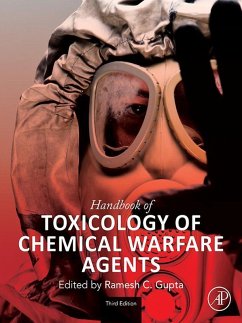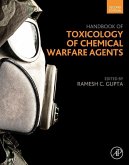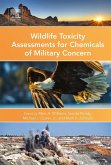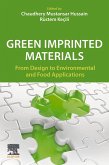Expanding on the second edition, Handbook of Toxicology of Chemical Warfare Agents has been completely updated, presenting the most recent advances in field. Brand new chapters include a new chapter on emergency preparedness, coverage of the chemical warfare agents used in Syria, the use of the Novichok agent in the UK, and more.
- Unites world-leading experts to bring you cutting-edge, agent-specific information on Chemical Warfare Agents (CWA) and their adverse effects on human and animal health, and the environment
- Provides you with all the information you need on CWA modes of action, detection, prevention, therapeutic treatment and countermeasures
- New to this edition: a full update to reflect the most recent advances in the field and new chapters on emergency preparedness, the chemical warfare agents used in Syria, and the use of the Novichok agent in the UK
Dieser Download kann aus rechtlichen Gründen nur mit Rechnungsadresse in A, B, BG, CY, CZ, D, DK, EW, E, FIN, F, GR, HR, H, IRL, I, LT, L, LR, M, NL, PL, P, R, S, SLO, SK ausgeliefert werden.









